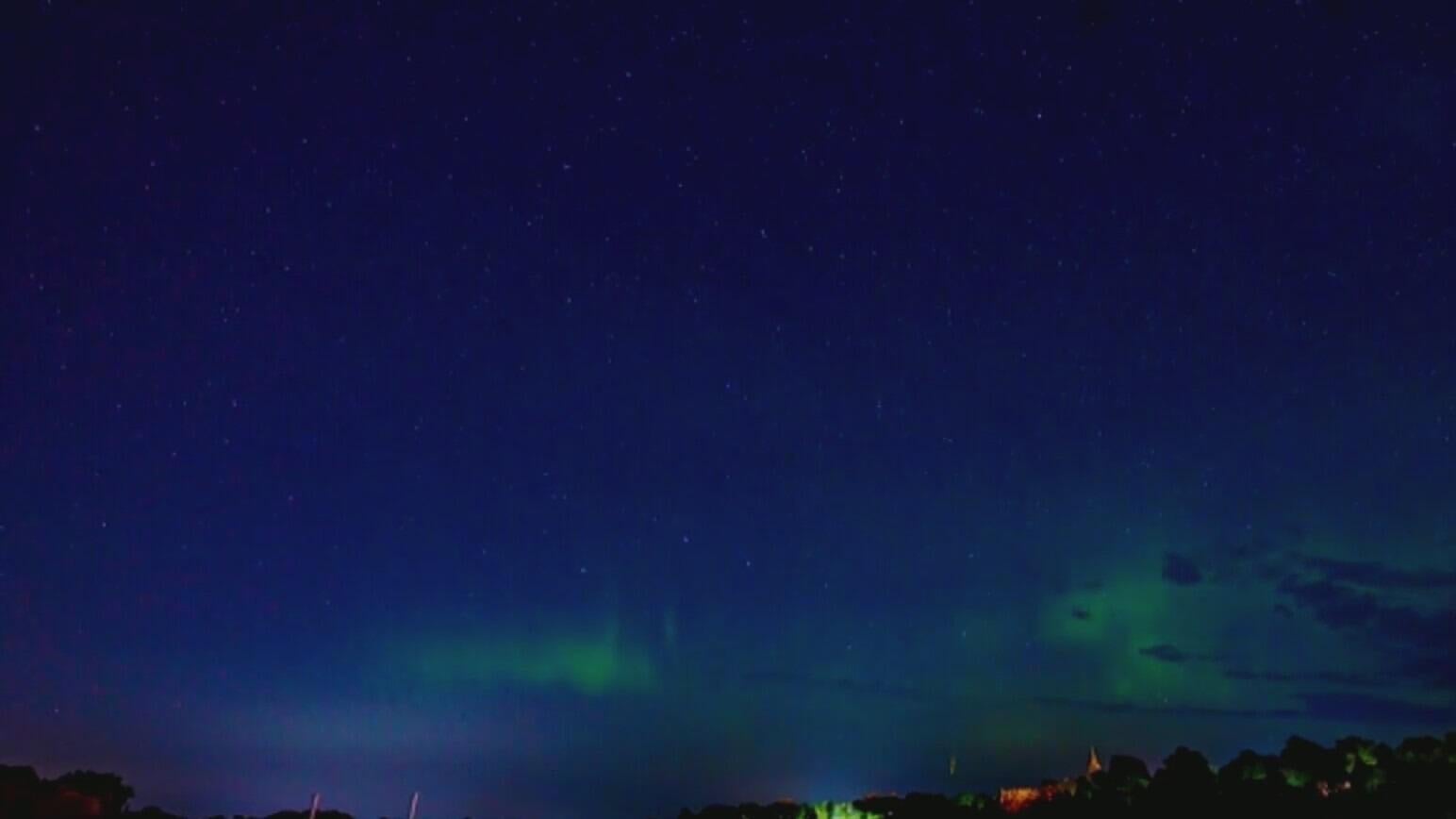Northern lights could be visible throughout parts of western Pennsylvania on Monday night
The aurora borealis will take to the skies again across Pennsylvania Monday night.
From inside the KDKA-TV studios, meteorologist Ron Smiley tackles a busy day forecasting, hosting, and hopefully crossing off a life goal.
"I've never gotten to see them," said Smiley, talking about the northern lights. "I've tried a couple of times, I've never gotten to it, so it's still on my bucket list of things to do."
However, Smiley knows exactly what to do to increase the chances of seeing the northern lights in person and how it works.
"What it boils down to is electrons slamming into our atmosphere, our magnetic field. That creates the light," said Smiley.
It's like a neon light on a grander scale.
When is the best time to see the northern lights?
"It's really hard to time out these ejections of gas or plasma that's heading our way at thousands of miles per hour," said Smiley.
The darkest hours bring the best luck, generally after 10 p.m. and before 5 a.m., but your location also matters.
To best see the aurora borealis, move away from the city lights. You can even use the camera on your phone to scan the sky and see the colors even better.
"(The) best chance by far is going to be off to our north," Smiley said. "But if we have a storm that's more active than what we would normally be expecting to see, then that means our skies are going to light up as well," said Smiley.
We saw that a couple of times last year, but this year we've got smoke from wildfires in Canada. That smoke is causing hazy conditions. It's supposed to thicken up overnight.
"It could actually make it even better viewing for us to see it by ourselves," said Smiley.
He also recommends searching for a . It shows a 20-30-minute window to help you catch this bucket list moment.
"We know overnight we'll have a chance, but once you see that 20-30-minute window light up and they're saying, 'Hey, it's going to come,' that's when you know you have a good shot," Smiley said.




